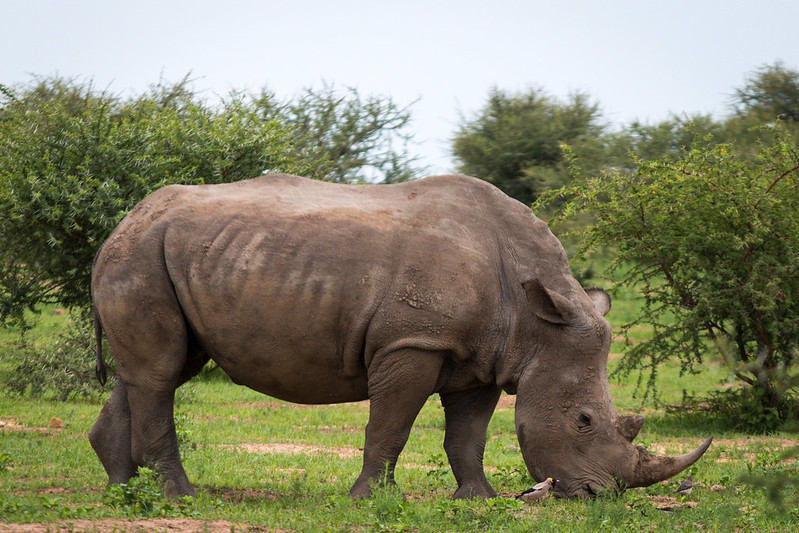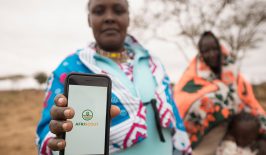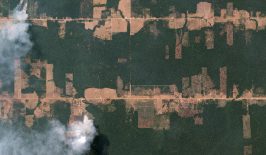Decades of illegal poaching has reduced the global rhino population to around 29,000 individuals, with some species teetering on the edge of extinction. However, technology is now playing a bigger and bigger role in helping to get an advantage over the poachers.
One firm, for example, has recently been experimenting with incorporating rhinos into the ever expansive Internet of Things – the interconnected system in which everyday objects send and receive information via the internet. French firm Sigfox, a world leader in IoT technology, has developed a small miniaturized tracker which can inform conservationists and rangers on the location of rhinos within a massive area.
Creating Internet Enabled Rhinos
Rangers can then use a secure app to receive an overview of the location of the rhinos, with the trackers pinging out a location to the app three times a day for around three years. The trackers themselves only power up prior to sending out their signal, improving their battery life and making them immune to interception by poachers.
Armed with this technology, rangers can not only see where rhinos are heading – including towards potential danger spots – but it also increase the efficiency, both in terms of impact and cost, of their patrols.
During the trials, around 30 white and black rhinos had the trackers installed, with the process requiring the rhino to be sedated and holes bored into their horns. The tracker was then inserted, causing neither short nor long-term discomfort to the rhino.
The Sigfox Foundation now hopes to scale up their programme, with the ultimate goal of installing a tracker into each of the 29,000 rhinos in the wild.
This isn’t the first time we’ve seen innovative technology used in the fight against poaching. For example, image recognition software is being developed to spot and identify animals – and their poachers – in the wild, satellite collars are being used to track elephants and AI-powered programmes are being used to develop more efficient patrol routes.
Ultimately, anti-poaching measures must still rely heavily on traditional ranger skills, such as knowledge of the land and the behaviour of the animals and their hunters. However, technology can be increasingly used to support these activities by improving their efficiency in the field and overcoming time-consuming hurdles that often hinder rangers’ and conservationists’ work.









